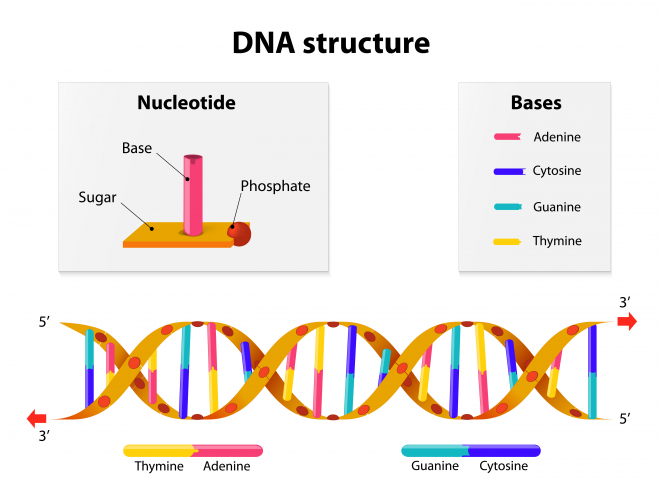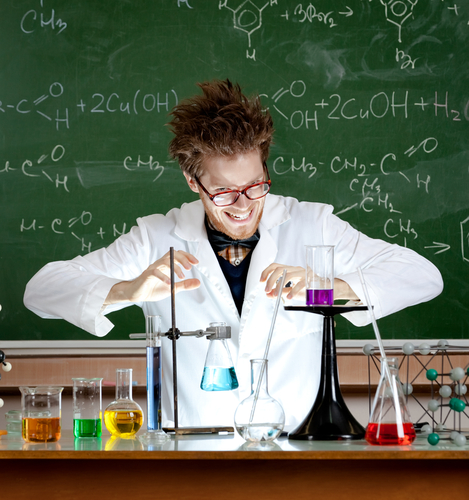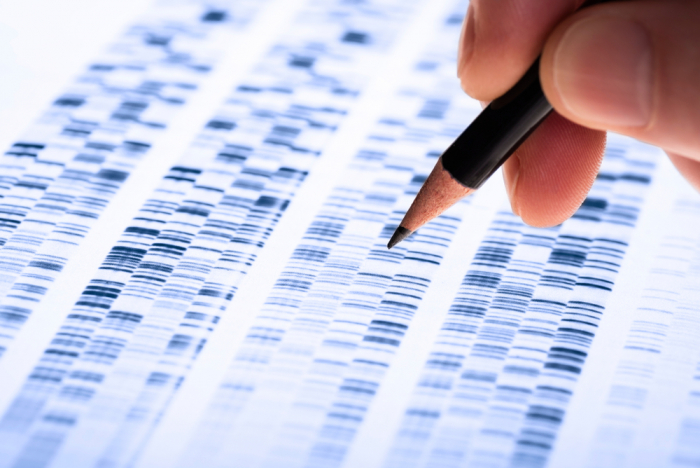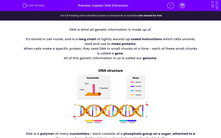DNA is what all genetic information is made up of.
It's stored in cell nuclei, and is a long chain of tightly wound-up coded instructions which cells unravel, read and use to make proteins.
When cells make a specific protein, they read DNA in small chunks at a time - each of these small chunks is called a gene.
All of this genetic information in us is called our genome.

DNA is a polymer of many nucleotides - each consists of a phosphate group on a sugar, attached to a nitrogenous base, linking into two strands to make the double helix.
There are four different bases, A, T, C, G, and they’re very specific about what they pair with:
Adenine with Thymine and Cytosine with Guanine
.jpg)
These groups are complementary base pairs, and they are joined by weak hydrogen bonds - this is how we get the rungs going through the double helix ladder! To pull the double helix together, nucleotides on the same side link their phosphate groups and sugars together vertically to make the ‘sugar-phosphate backbone’.

Experiment time
Knowing about DNA means scientists can play around with it too, such as taking a piece of DNA out of fruit cells!
Let’s use a banana:
1. Take a peeled banana and mash it.
2. Add a tsp of salt and a bit of washing up liquid.
3. Heat at 60°C gently for 5 minutes
4. Filter the mix and only keep the liquid.
5. Cool in an ice bath and then carefully pour cold ethanol on top of it.
And voilà! You should see bits of DNA with bubbles in them where the banana and ethanol meet!

But, you got me, it’s not bananas scientists really care about - it’s genetic profiling!
In our genomes, there are combinations of DNA that are very specific to us that can be used as a passport.
If we use what we know to extract small bits of unique DNA from humans, we can make a unique profile of DNA bands for every person.
This method is a lifesaver because it has helped us determine paternity, by comparing DNA between parents and the baby. It is also used in forensic science to solve crime!
Are you ready to have a go at the questions now?








